Appleby Blue Almshouse: a blueprint for 21st-century housing
Appleby Blue Almshouse by Witherford Watson Mann Architects creates design-led space for over-65-year-olds in south London
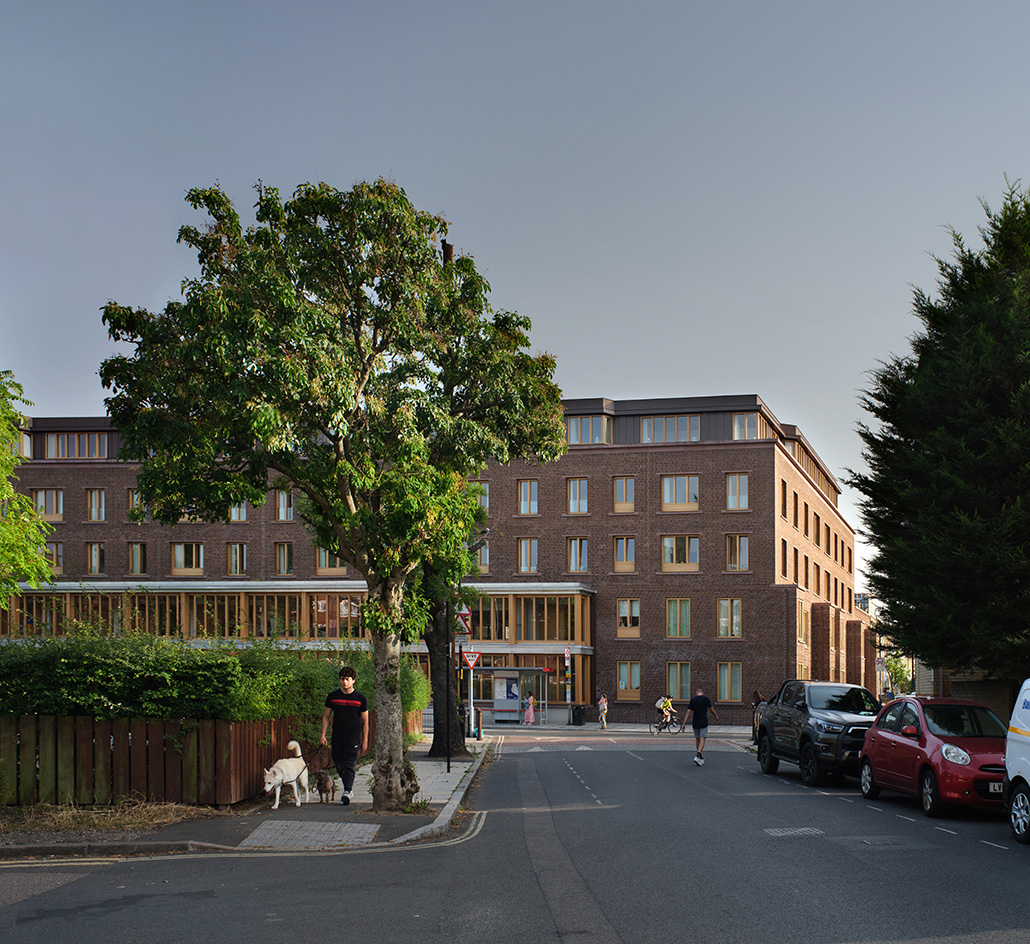
Appleby Blue Almshouse in Bermondsey, south London is a social housing development for over-65-year-olds that responds with immense thoughtfulness to the challenge of people wanting to stay in the city, and neighbourhoods they know and love, as they get older. The project, which was delivered by United St Saviour’s Charity (which will manage the block in perpetuity), Southwark Council and developer JTRE, was conceived to give older people more choices in terms of retirement living than simply being 'pushed or incentivised to the city’s edge or the coast', explains Stephen Witherford, co-founder of Witherford Watson Mann Architects, the practice behind the building’s design. 'We wanted something that was definitely not your typical sheltered housing block,' adds Martyn Craddock, CEO of United St Saviour’s.
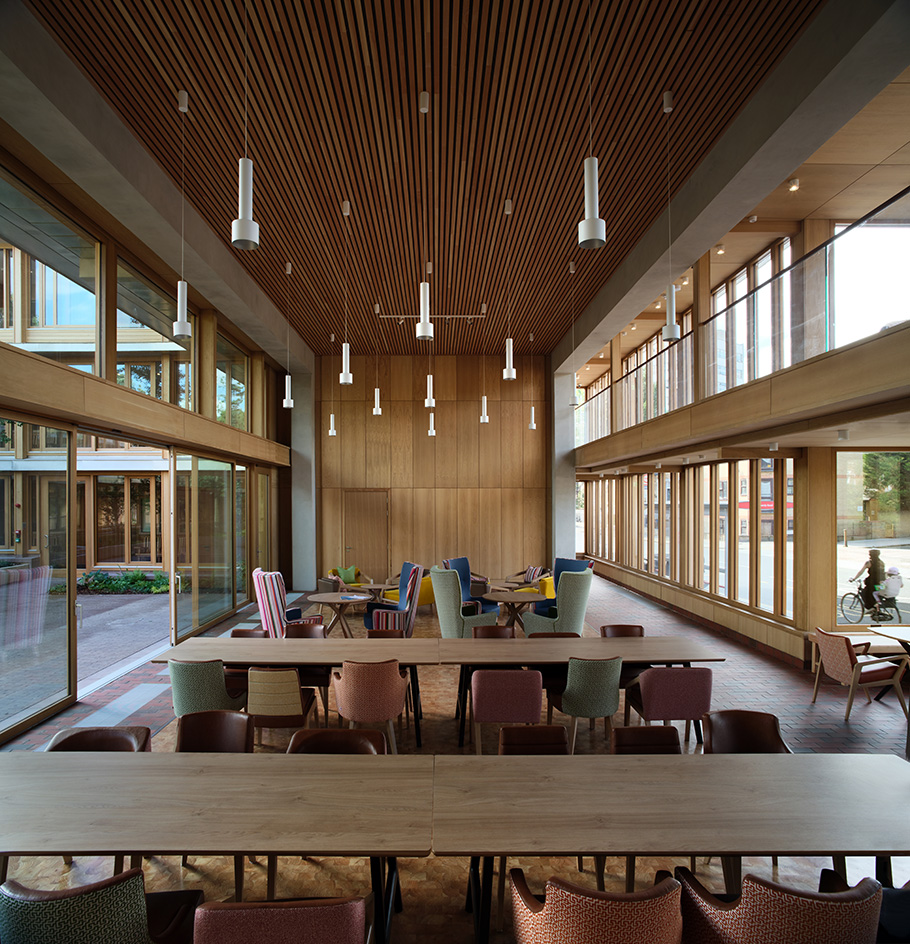
Appleby Blue Almshouse by Witherford Watson Mann Architects
From outside, the mid-rise building, which sits directly on a busy high street, stands out for its row of projecting timber windows marking the double-height community spaces, its warm and detailed brick finishes and its solid oak windows. Sculpted cut-away corners add interest but also dialogue with the surroundings, as the building goes from five stories at the front to two stories at the rear, echoing the varying scales of the post-war social housing and two-storey Victorian terraces around it.
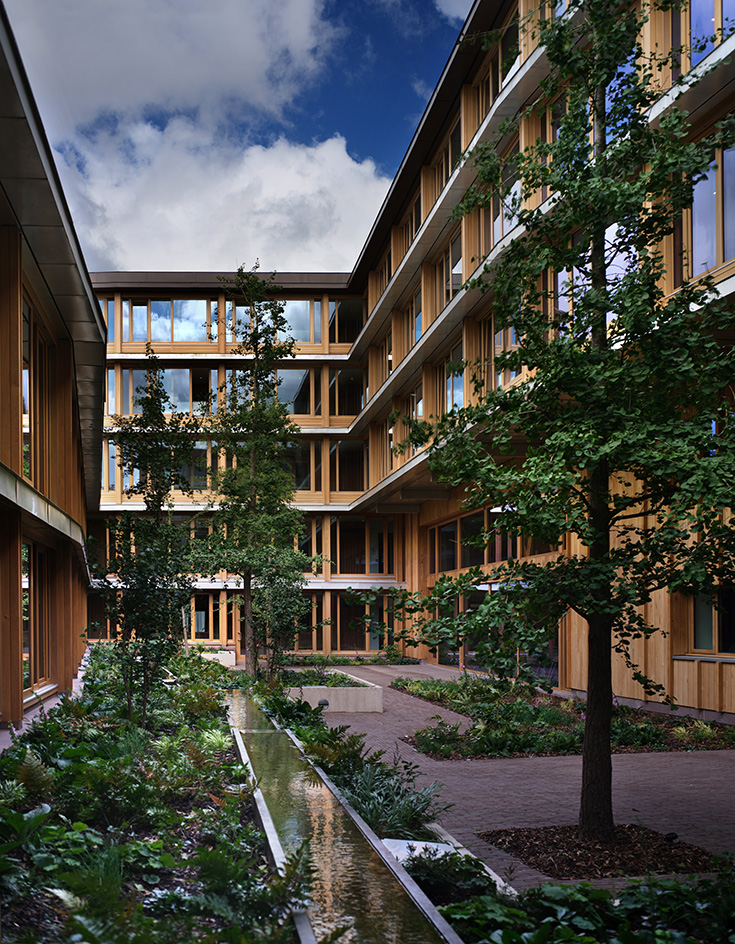
Inside its 57 one- and two-bed homes or almshouses, 11 of which are wheelchair-accessible, are all dual aspect, nicely proportioned and filled with daylight, but it’s the communal spaces that really shine. Instead of opting for a typical inward-looking layout where the community spaces are placed internally, the architects flipped that idea on its head and created a building where all the public-facing and shared spaces are located at the front. There’s the skills room, the hobby room, a mezzanine lounge (that overlooks the high street and a bus stop and is a popular Saturday night socialising area) and a large kitchen and double-height timber-floored ‘garden room’ for events and classes that looks out on to the high street on one side, and the courtyard garden on the other.
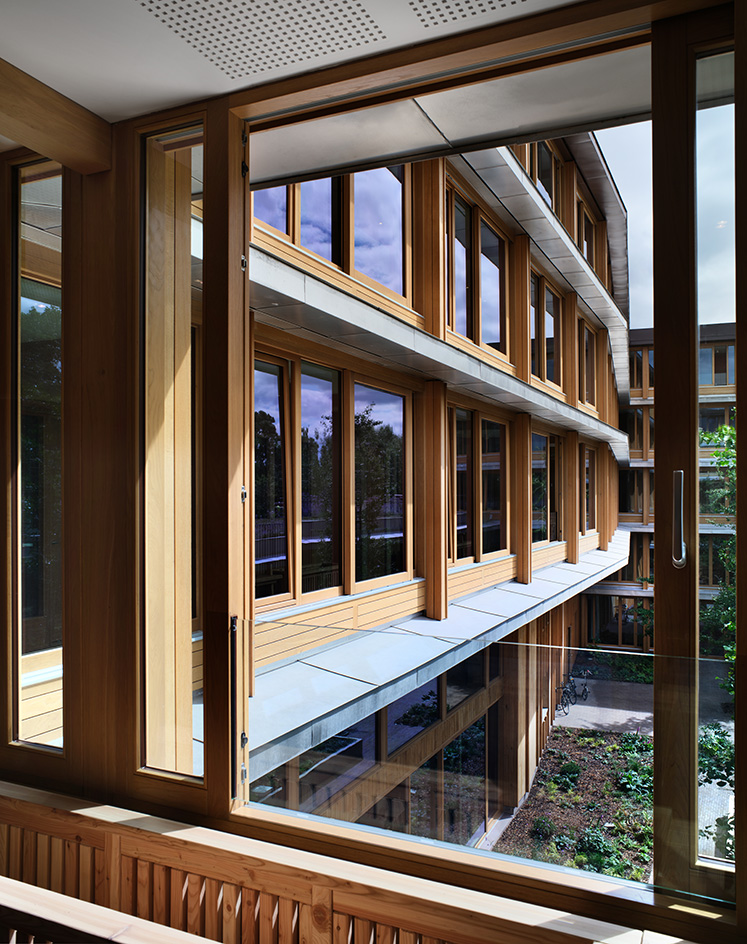
Designed by Bath-based Grant Associates, the courtyard is lined with gingko biloba trees of different heights, a raised water feature providing the restful sound of constantly trickling water and raised beds featuring ‘woodland edge’ plants such as ferns, foxgloves, anemones and sedges. It offers a retreat from the busy-ness of the city while being, literally, steps away from it. The landscape designers also created a roof terrace on the second floor that has beds for herb and vegetable growing for the communal kitchen, two plant beds for the use of residents and five outdoor garden ‘rooms’ where residents can sit and have meals or just chat.
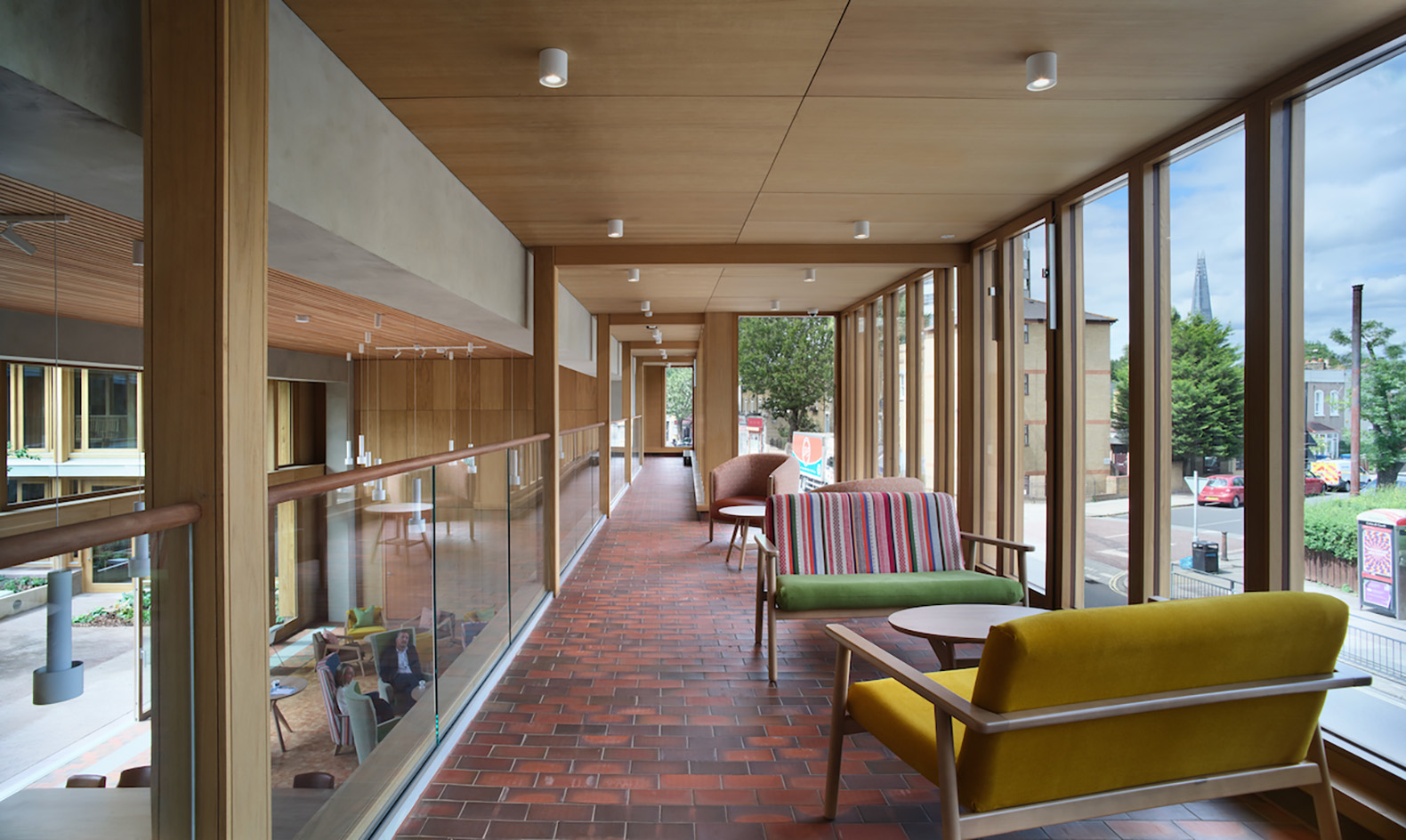
Fruit trees around the edges give the garden terrace privacy and a bit of an acoustic barrier. Witherford refers to the courtyard and green spaces, which are managed by a local gardening group, as a 'timepiece around which residents’ lives will play out.' These spaces allow residents and visitors to experience the changing colours, textures and light of the different seasons as well as the movement of people around the space.
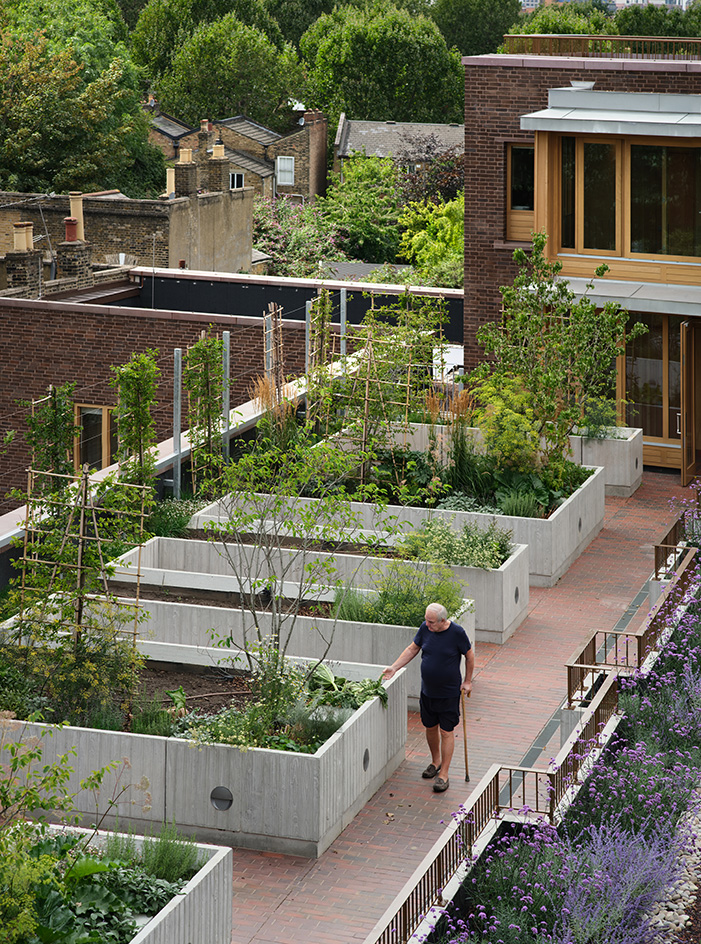
Instead of private balconies the architects opted for a glazed internal walkway on each floor that has sliding windows, large planters and benches. 'We spoke to some of the residents who were going to be moving in and they said, “What is the point of having balconies that we sit on alone?”‘ explains Witherford. Accordingly, these light-filled galleries are for getting around but double up as a winter garden for socialising and strolling throughout the year. There are many other clever design decisions to point out in this project but perhaps the one with the greatest impact was the decision to lower the rear south-facing wing down from five to two storeys to allow full sunlight deep into the inner courtyard’s corners.
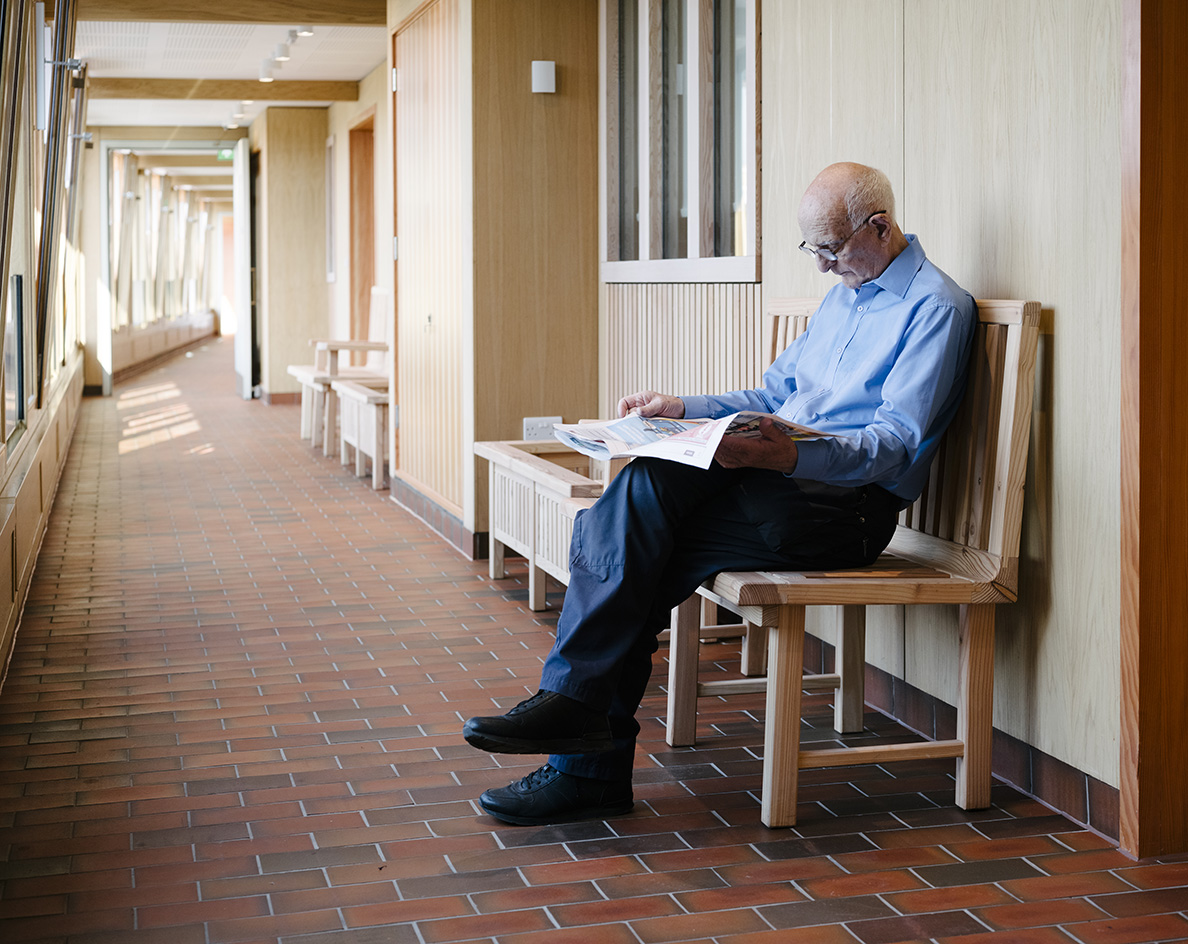
A more subtle but just as effective design detail is the way the ground floor is slightly raised from the street, giving the large street-facing garden room, which is used for residents’ activities and dining but also for shared events with the wider community, just that little bit more privacy, while offering great views over the neighbourhood. These are just a few of the elements that make this project emotionally literate and quite different from existing models of older people’s accommodation. There is no doubt that Appleby Blue will become a blueprint for the provision of older people’s social housing.
Receive our daily digest of inspiration, escapism and design stories from around the world direct to your inbox.
Giovanna Dunmall is a freelance journalist based in London and West Wales who writes about architecture, culture, travel and design for international publications including The National, Wallpaper*, Azure, Detail, Damn, Conde Nast Traveller, AD India, Interior Design, Design Anthology and others. She also does editing, translation and copy writing work for architecture practices, design brands and cultural organisations.
-
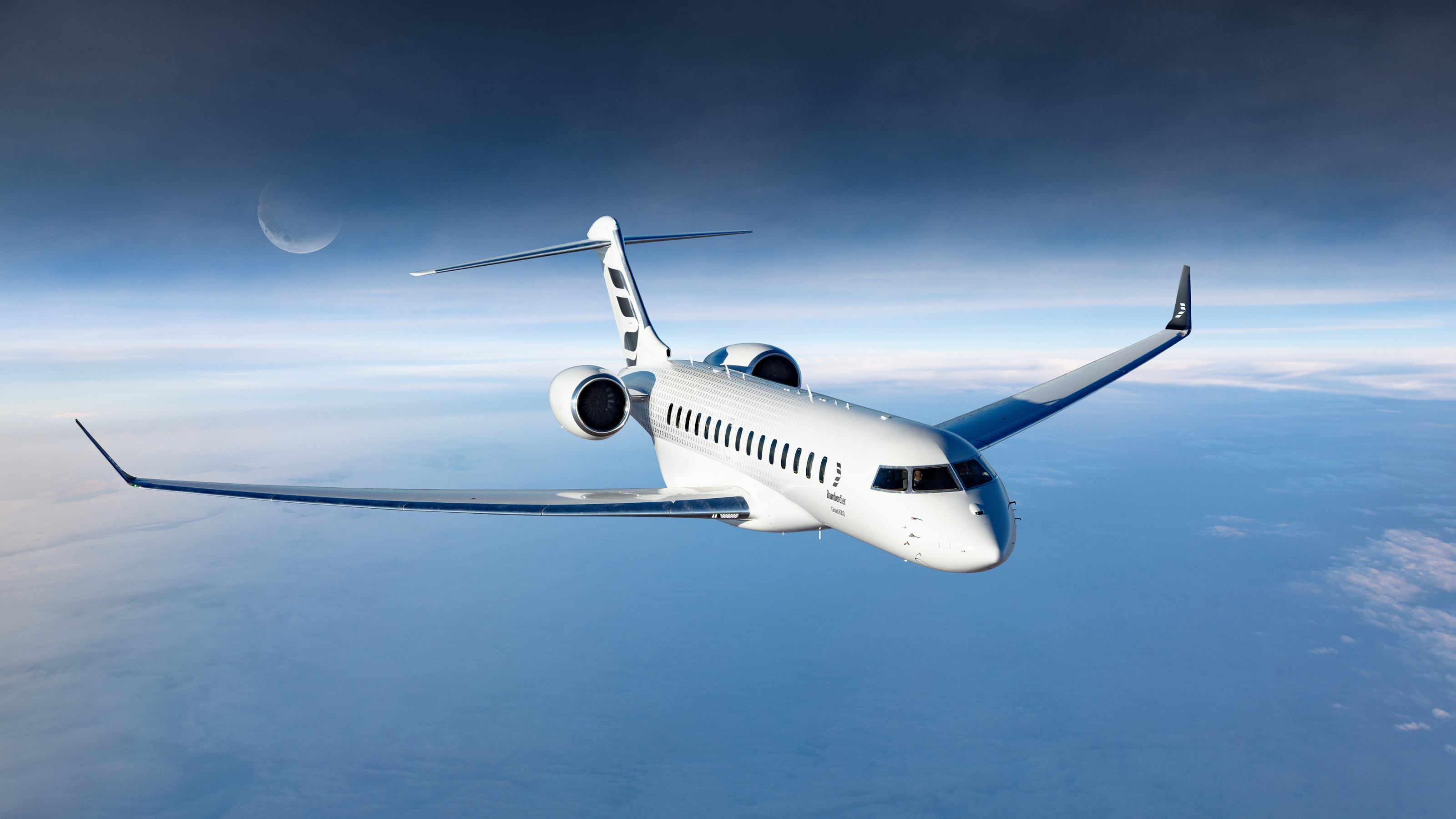 The Bombardier Global 8000 flies faster and higher to make the most of your time in the air
The Bombardier Global 8000 flies faster and higher to make the most of your time in the airA wellness machine with wings: Bombardier’s new Global 8000 isn’t quite a spa in the sky, but the Canadian manufacturer reckons its flagship business jet will give your health a boost
-
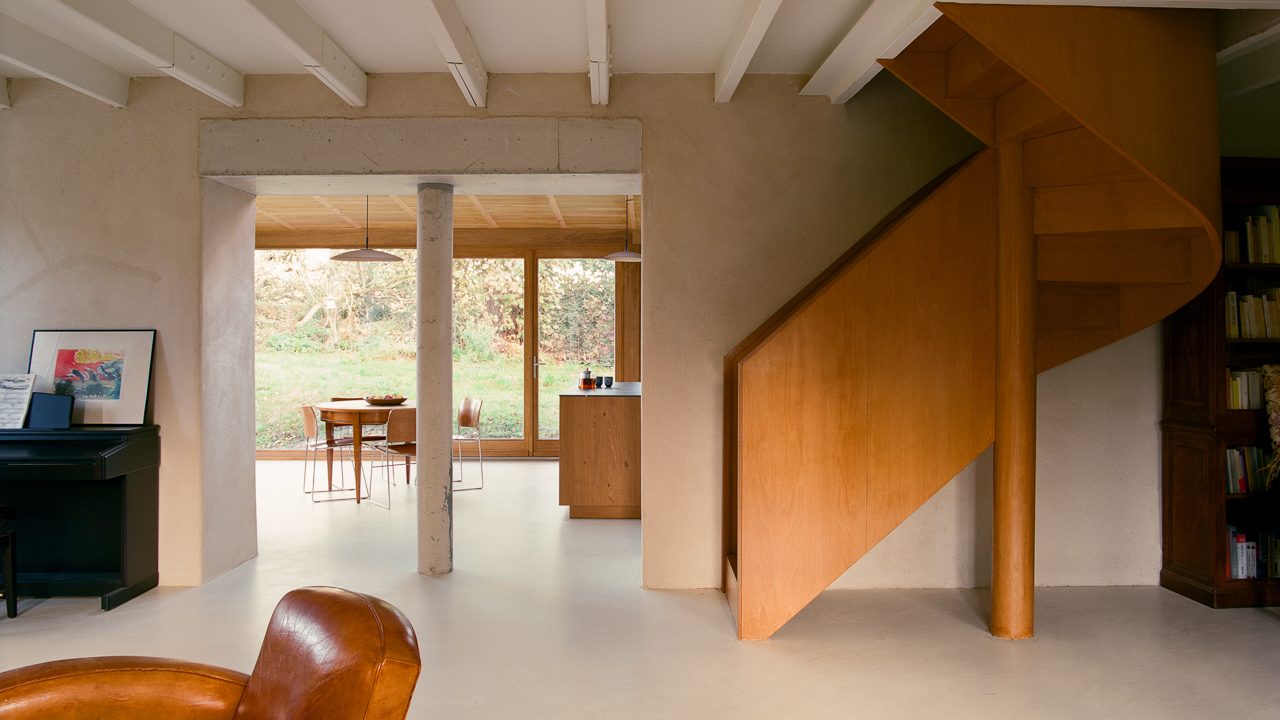 A former fisherman’s cottage in Brittany is transformed by a new timber extension
A former fisherman’s cottage in Brittany is transformed by a new timber extensionParis-based architects A-platz have woven new elements into the stone fabric of this traditional Breton cottage
-
 New York's members-only boom shows no sign of stopping – and it's about to get even more niche
New York's members-only boom shows no sign of stopping – and it's about to get even more nicheFrom bathing clubs to listening bars, gatekeeping is back in a big way. Here's what's driving the wave of exclusivity
-
 Arbour House is a north London home that lies low but punches high
Arbour House is a north London home that lies low but punches highArbour House by Andrei Saltykov is a low-lying Crouch End home with a striking roof structure that sets it apart
-
 A former agricultural building is transformed into a minimal rural home by Bindloss Dawes
A former agricultural building is transformed into a minimal rural home by Bindloss DawesZero-carbon design meets adaptive re-use in the Tractor Shed, a stripped-back house in a country village by Somerset architects Bindloss Dawes
-
 RIBA House of the Year 2025 is a ‘rare mixture of sensitivity and boldness’
RIBA House of the Year 2025 is a ‘rare mixture of sensitivity and boldness’Topping the list of seven shortlisted homes, Izat Arundell’s Hebridean self-build – named Caochan na Creige – is announced as the RIBA House of the Year 2025
-
 In addition to brutalist buildings, Alison Smithson designed some of the most creative Christmas cards we've seen
In addition to brutalist buildings, Alison Smithson designed some of the most creative Christmas cards we've seenThe architect’s collection of season’s greetings is on show at the Roca London Gallery, just in time for the holidays
-
 In South Wales, a remote coastal farmhouse flaunts its modern revamp, primed for hosting
In South Wales, a remote coastal farmhouse flaunts its modern revamp, primed for hostingA farmhouse perched on the Gower Peninsula, Delfyd Farm reveals its ground-floor refresh by architecture studio Rural Office, which created a cosy home with breathtaking views
-
 A revived public space in Aberdeen is named Scotland’s building of the year
A revived public space in Aberdeen is named Scotland’s building of the yearAberdeen's Union Terrace Gardens by Stallan-Brand Architecture + Design and LDA Design wins the 2025 Andrew Doolan Best Building in Scotland Award
-
 The Architecture Edit: Wallpaper’s houses of the month
The Architecture Edit: Wallpaper’s houses of the monthFrom wineries-turned-music studios to fire-resistant holiday homes, these are the properties that have most impressed the Wallpaper* editors this month
-
 A refreshed 1950s apartment in East London allows for moments of discovery
A refreshed 1950s apartment in East London allows for moments of discoveryWith this 1950s apartment redesign, London-based architects Studio Naama wanted to create a residence which reflects the fun and individual nature of the clients